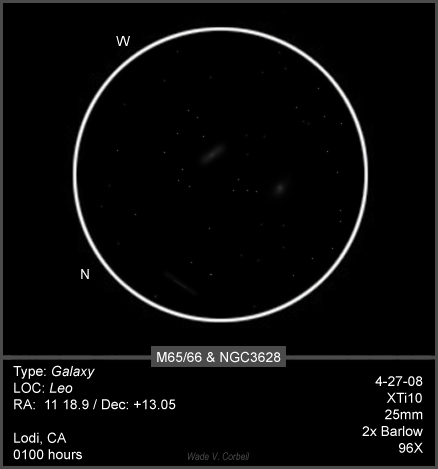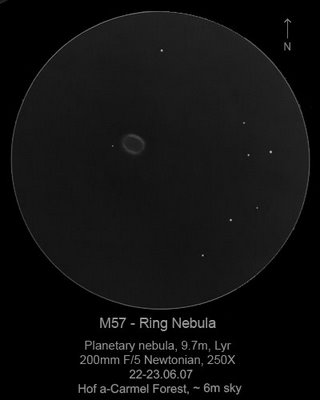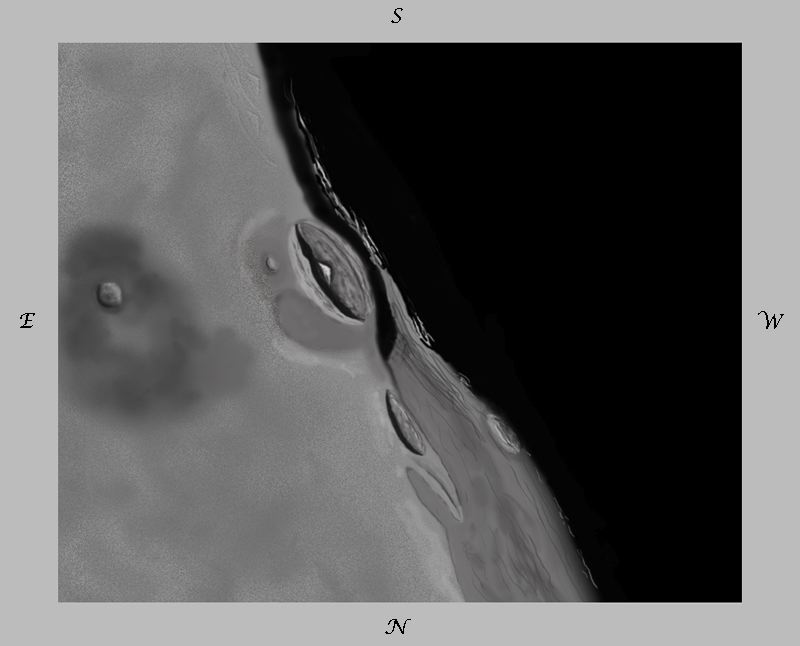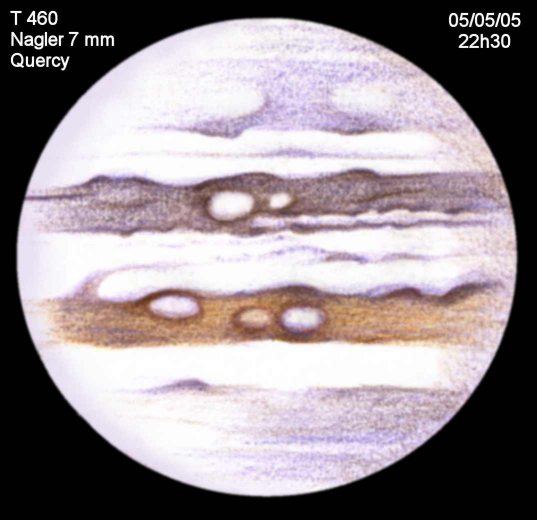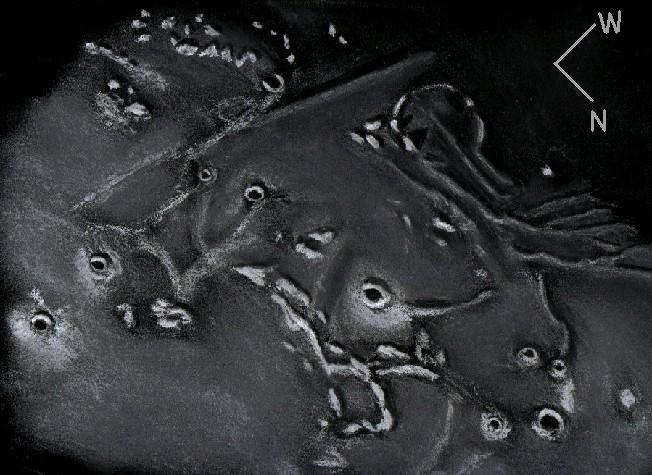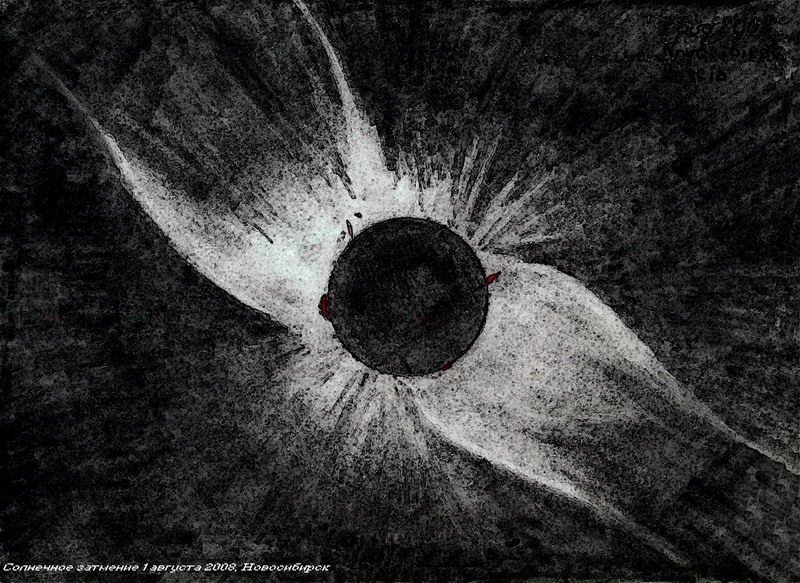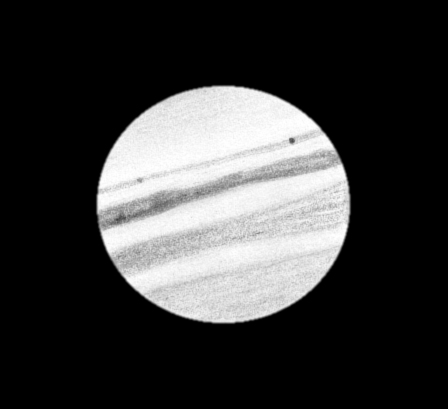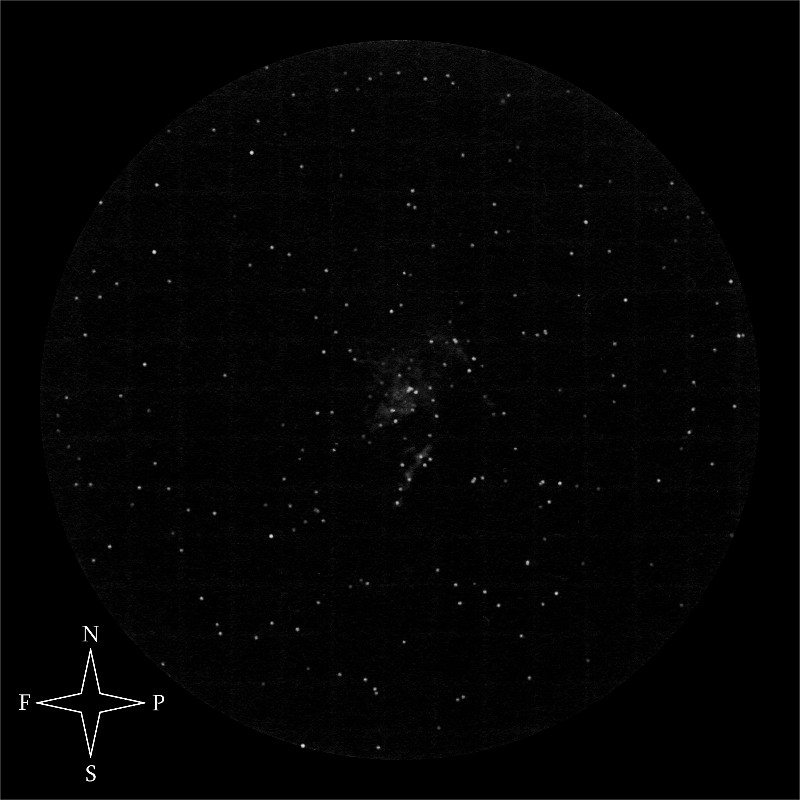
Sun in H-Alpha
Sketch and details by Erika Rix
2008 September 01
solar
Erika Rix
Sketch media: black Cranford paper, white Conte’ and Prang pencils
It was a good day. I shared some solar views and was repaid with lunch!
After having walked the dogs up the road and through some fields first thing this morning, the skies were clear and I was looking forward to observing. I dragged the LXD mount outside in front of the observatory to see if the seeing improved. I didn’t set it back up inside to compare with, but I was a lot cooler, which in turn made an improved comfort level temperature wise. The downside was moving all my gear outside, putting up with a little wind, and observing on a slope. The views were worth it.
Half way through the session, my neighbor honked when she drove up the road to her house, so when I was finished with my sketches, I called her to see if she’d like to come down and have her first look at the sun through a telescope. Paul came down to join us and we had a really enjoyable time. He just came back from imaging the Sun with the Maxscope so I’m looking forward to comparing our views. His session was a few hours behind me, so I reckon there will be a few changes.
Being the thoughtful person that she is, our neighbor came back from her solar session with lunch for Paul and me.

